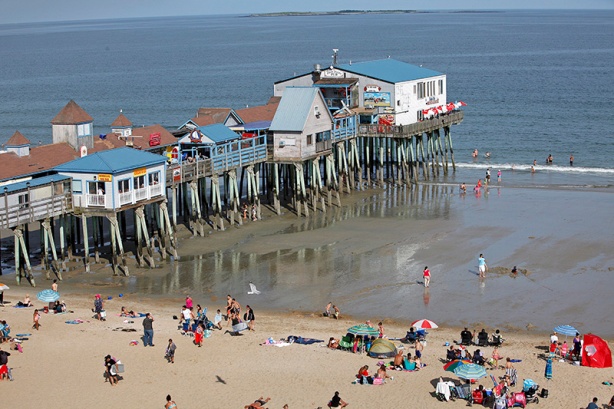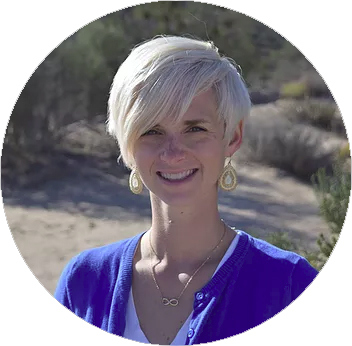
I don’t want to grow up. And you can’t make me.
I write middle grade novels with fantasy elements. In the past I’ve written high fantasy and dabbled in science fiction. I’ve considered and rejected writing for young adults, because I’m not comfortable being responsible for teen-aged girls engaging in romantic relationships. And frankly, adults are boring. However, when it was time to seriously nail down what I wanted to write my next novel about, I hit upon a new idea (for me): The cozy mystery.
I work in a bookstore on the weekends, and I had the opportunity one day to spend several hours working with the cozy mystery shelves. I’d never taken a hard look at those books before, and the first thing that struck me was the titles. For the most part they are funny and whimsical, which immediately made me think about how fun it would be to write one. If you are not familiar with the genre, they all tend to feature a main character with a certain hobby or vocation — baking or farming, running an antique shop or a dress shop. Many of them feature dogs or cats, and quite a few involve food of one kind or another. These main characters are never professional crime fighters, such as police detectives or criminal lawyers (like you would find in traditional mysteries). These women (about 90% of the protagonists are women) are all accidental sleuths. Think Murder She Wrote.
As I scanned the shelves I encountered titles like, Tart of Darkness, Seams Like Murder, The Quiche and the Dead, Italian Iced, No Farm, No Foul, and Murder, She Barked. I founds books that featured pretty much any kind of occupation a middle-aged woman might find interesting. There were books about a glass shop, a seafood restaurant set in a lighthouse in Maine, a bed and breakfast, a tea garden, a bridal shop, a chocolatier, a cheese shop, a caterer, a florist, a bakery, a sewing circle, and a beauty parlor. There were books where the protagonist loved crossword puzzles, beading, crochetting, candlemaking, quilting, scrapbooking, journalism, gardening, or one of any number of crafty diversions. And they almost always take place in a small colorful town, full of quirky recurring characters.
But here’s what really made me sit up and take notice, as I researched the cozy mystery genre. They are formulaic, of course. But unlike children’s books (or almost any other kind of novel), nobody expects you to be original. There aren’t just several books about baking, there are a lot of books about baking, and every one of them is part of a series about baking. Sure, some are about cakes and others are about muffins and still others are about bread, but nobody is going to tell you there are too many cozy mysteries about baking. A pretzel stand by the beach would fit right in. The heroes are all very similar, too: 20-40, female, usually single, a tiny bit ditsy, maybe struggling to run a business with money inherited from a deceased aunt, and caught up trying to solve a murder they had nothing to do with. The deaths are almost always off-stage and “clean” — no gore, little blood, not much violence. Their best friend’s or neighbor’s brother is the chief of police or a clerk at the local courthouse, so there are plenty of ways for our hero to get official information. People are constantly coming and going to their little shop so there are a million opportunities to pick up clues, but as the owner they can drop everything and close up shop any time they need to chase down a juicy lead. Romance is light, and expected to take several books to kindle. Yes, these are written specifically to be series. In fact, it’s pretty much a prerequisite.
All of these things attracted me: a simple formulaic plot, a fun hobby to research and write about, some humor, a small-town setting, and an expectation that the publisher will want more. I started thinking about a divorcee running an antique bookstore in a snowy northwestern town tucked in the mountains. I started filling the town with characters….
But ultimately, I have decided to write another children’s book. A historic fantasy set in 16th century Ireland. Think Freaky Friday meets Brave. This book will be more difficult to write — more research, convincingly portraying an utterly alien world with it’s long-forgotten speech and modes of dress and local superstition, creating complex characters that will appeal to a young audience, and being original all at the same time. With no guarantee of any interest in a possible sequel.
Why? One reason: it excites me more than the alternative. And without that spark, that drive, that eager motivation, I would probably not get very far.




